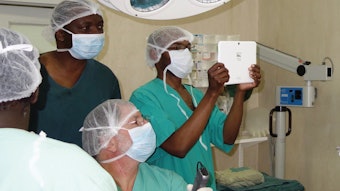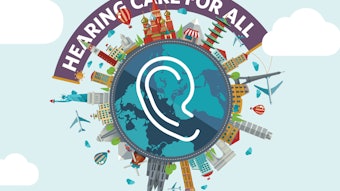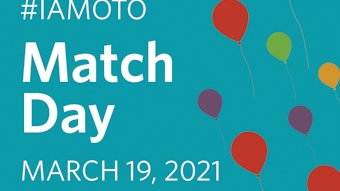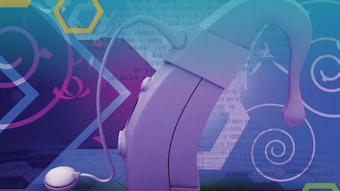Pearls from your Peers: Emergency Preparedness in Otolaryngology
Dr. Han-Soo Bae is a comprehensive otolaryngologist at Monroe Ear, Nose and Throat Associates in Monroe, Michigan.

For this month’s Pearls from Your Peers from the Simulation Education Committee (SIMEC), we query Dr. Han-Soo Bae on emergency preparedness in otolaryngology. While residency training exposes us to frequent airway, bleeding, trauma, or infectious emergencies, life in practice is typically less emergency-oriented. That said, we need to remain prepared for the “worst case scenarios.”
We all have to respond to the unexpected emergency in our practices, however rare that may be. How do you prepare technically and mentally for a difficult airway or a severe bleeding event?
I will never forget my first emergency situation after training. It happened on my first day at a small hospital in Alpena, Michigan. An emergency call came for a hemorrhaging base of tongue tumor—a bleeding and airway emergency. The patient was struggling to breathe with blood and clot frothing from his mouth. Scared, he initially balked at my recommendation for urgent tracheotomy, but I was able to rely on my training and ultimately secured his immediate safety via a surgical airway.
In practice, true emergencies are much less frequent. Angioedema is probably the most common emergency we see, and every time I get that call, I start to prepare mentally as I drive to the emergency department (ED). I run through the airway algorithm in my head. I think of the worst-case scenario at each branch point and work through what equipment I might need and what options I have, etc. From a technical standpoint, I still rely on my training, but now I also rely on my experience. Every airway emergency has given me exponentially more white hairs, and I deliberately reflect on each of these episodes so that they all serve to prepare me for the next crisis.
What other pearls can you share to help us be more mentally prepared for emergencies?
The first is to remember that while you will be nervous, you are likely the only person available to help this patient. That might increase your anxiety, appropriately, but it should also give you confidence. If you cannot secure the airway, it is likely that no one can. Trust your training.
Second, taking time to debrief with your team once the emergency is resolved will serve you well. This allows you to think about what you might do differently next time, like tweaks to an airway cart, or planning an in-service for the ED staff to prepare for next time.
Thank you for bringing up the importance of the team. How do you ensure that your team is also well prepared for emergencies?
This is interesting because there are two common scenarios here. One is that you are working with a team you don’t know well, but they are used to emergencies. In the ED the team does not have your content expertise, but they respond well to direction and are used to rapid decisions. My experience in the Army also fits this description. On any new deployment, the team members are well-trained but new to each other. Tools like standardized anesthesia carts go a long way to keeping new teams working safely and expertly together.
The other scenario is the team that you work with all the time but is not used to emergencies happening in their work space. My clinic team routinely works well together, but we do not experience emergencies often in the clinic. When an allergy patient goes into anaphylaxis in the clinic, it can be very hectic and stressful, even though the team knows each other well. The first time that happened, our response was not as great as it could have been. The patient was fine, but we felt relatively underprepared. Now we meet regularly to review our anaphylaxis protocols, update our crash carts, and run through scenarios. We assign roles so that even nonclinical staff know what they need to do. Who gets the crash cart, who calls 911, etc.?























